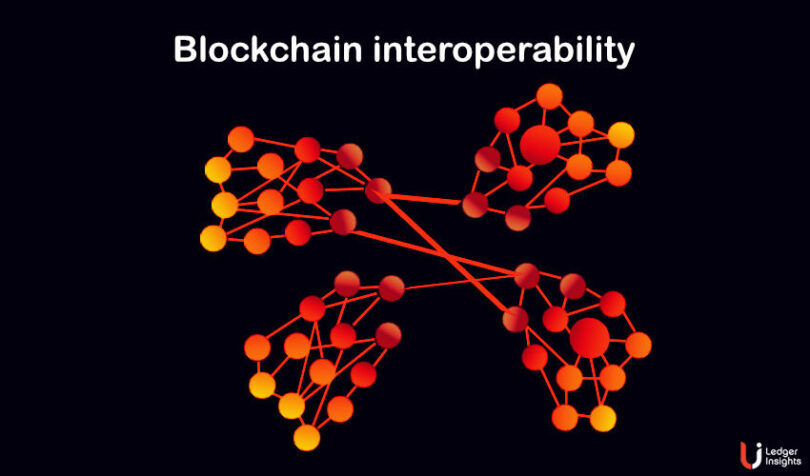At a New York event today, R3 will announce the launch of a new open source blockchain interoperability solution Harmonia, in collaboration with Adhara. The announcement coincides with the latest release of its enterprise blockchain Corda.
Last December, a trial enabled interoperability between R3’s Corda enterprise blockchain and enterprise Ethereum (Hyperledger Besu). The experiment supported a repo transaction involving DLT collateral network HQLAᵡ and payment solution Fnality, where Adhara is the technology partner. Banks such as Goldman Sachs, Santander and UBS were involved.
Harmonia, a Hyperledger Lab, aims to enable cross-chain atomic settlement for institutional financial transactions in which either both legs of a transaction succeed or fail. A key goal is for this to be trustless so there isn’t a dependence on an intermediary.
While Corda has supported interoperability with other Corda networks for years, there’s a pressing need to interoperate with other technologies. R3 also has a collaboration with Ownera’s finP2P, a routing network that enables transactions across different chains without blockchain interoperability. However, this creates a dependency on the intermediary network.
“We believe this (digital) economy will be built upon an interconnected ecosystem of multiple DLT platforms, where apps will transact seamlessly and securely across networks – not isolated or walled gardens of ‘public’ or ‘private’ networks,” said Todd McDonald, R3 Co-Founder and Chief Strategy Officer.
Harmonia, a Hyperledger Lab
The original trial between Fnality and HQLAᵡ was based on the Enterprise Ethereum Alliance (EEA) standard for cross chain transactions. This project targets multiple technologies, so Hyperledger is a more logical home. Initially, the project is more about principles than standards and will reference the EEA standard as well as others.
The key principle outlined in the Harmonia documentation is the aim to avoid the two extremes of interoperability. One end of the spectrum is a trusted third party that creates a single point of failure. The other end is complex bespoke integrations between two systems.
In public blockchains, bridges between blockchains have proven to be vulnerable to hacks.
Adhara COO Peter Munnnings told Ledger Insights via email, “The content will be driven by the regulated entities (platforms like Fnality, HQLAᵡ and others) as well as the banks who are shareholders in those platforms. We hope that in the future there will be many contributors and some of those may be using other (non Besu/Corda) tech stacks.”
There are numerous blockchain interoperability projects, but they have yet to be universally adopted. Hyperledger itself is home to multiple solutions. Accenture and Fujitsu started Hyperleger Cactus, which became Cacti when it merged with Project Weaver. Additionally, there’s the YUI Hyperledger Lab which DataChain initiated. MUFG’s Corda-based Progmat is using elements of YUI for interoperability with public blockchains for bank-backed stablecoins.






